Weddings around the World: Different Customs and Different Photos
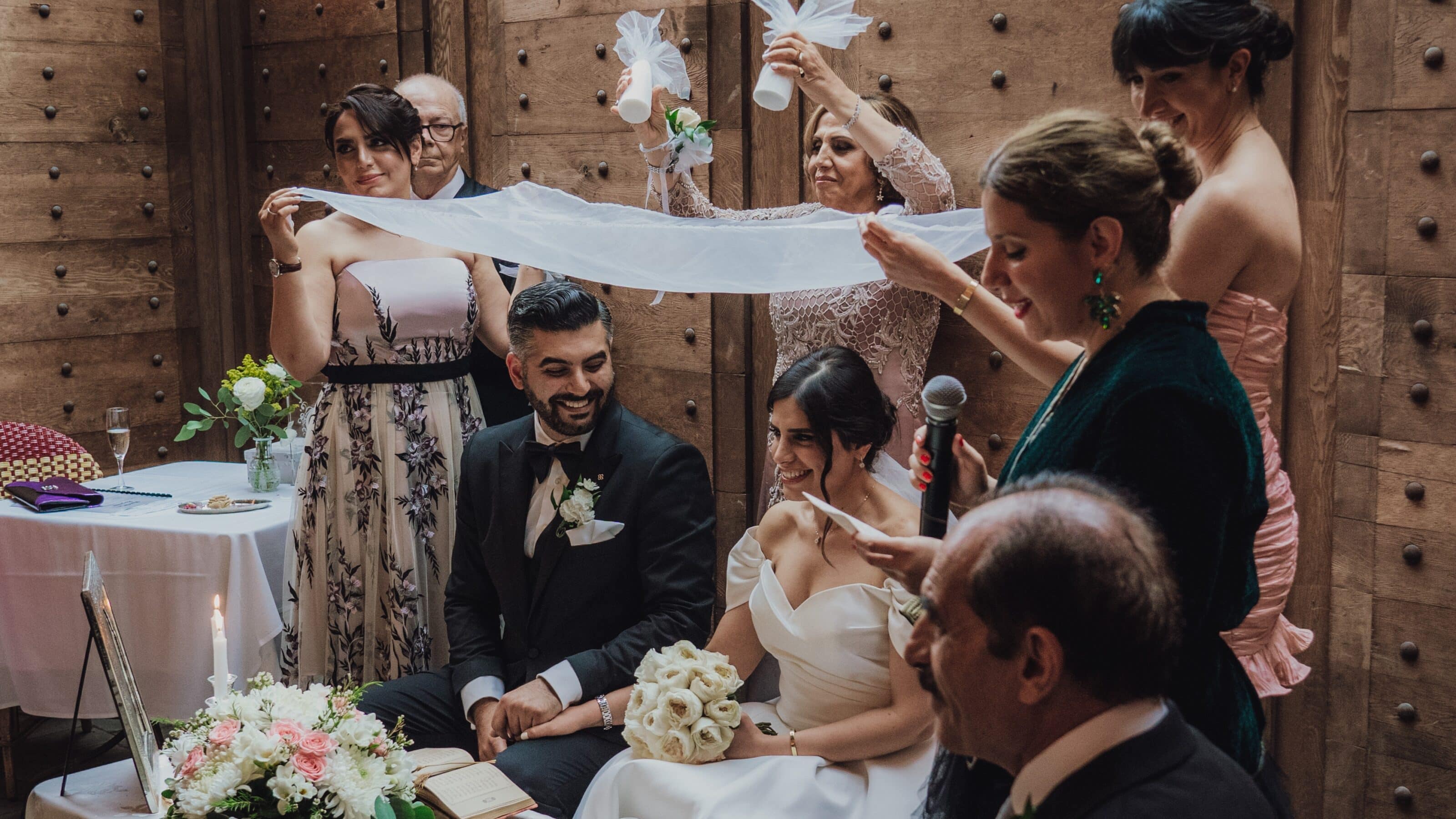
When it comes to wedding traditions, people mostly think of the exchange of rings, wedding vows, breaking plates, or carrying the bride over the threshold. However, these traditions represent only a small fraction of the vast mosaic of customs that exist across cultures. When we look beyond the borders of our country, we encounter a myriad of other customs, traditions, and rituals.
Compiling these traditions could fill an entire book. That’s why I’m only going to focus on some of the most well-known traditions that I have personally encountered as a photographer and guest at weddings, with the goal of covering some of the largest ethnic groups.
I’m going to start with a practical note. Before we delve into listing some unique traditions, I want to emphasize one important thing. If you embark on capturing moments in multicultural cities like London, Toronto, New York, Paris, and others, be prepared for anything.
As traditional customs blend with modern elements, the course of the wedding can be highly unpredictable. Preparation is key. Have a schedule ready and discuss everything in detail with the couple before the wedding. While photographing, observe everything around you, and try to anticipate what can happen. Good preparation and attention can help you capture even the most unforeseeable moments.
Now, let’s take a closer look at some traditions that carry the same weight in other cultures as the exchange of rings does in our culture.
Candles and incense (Greek Orthodox wedding)
Let’s start in Europe. At a traditional Greek wedding, you can encounter many traditions. One of the most important elements is the candles, known as lambades. The bride and groom hold lit candles during the ceremony, symbolizing their acceptance of Christ as the “Light of the World.”
The tradition of incense dates back to Moses and is mentioned in the Old Testament. God commanded Moses to use incense as a symbol of reverence and devotion. It is also significant to the Christian Orthodox community and is not solely a Greek tradition.
Exchange of wedding garlands (Hindu wedding)
Hindu weddings are a major event in the life of the family. Weddings must be grand and magnificent, even if it means going into debt. In Toronto, I’ve attended several Hindu weddings that were more modern and Christian in terms of traditional customs.
However, one custom remains unchanged. The exchange of traditional garlands, known as the varmala. The colorful flowers symbolize joy, happiness, beauty, inspiration, and acceptance.
In addition to flowers, the bridal sari, or wedding dress, is an important part of the wedding. The sari is full of colors, symbolism, and elegant patterns. Other women in the family also wear wedding saris.
Henna painting is also an important component. Painting on the hands and feet is believed to bring health and prosperity to the couple. This tradition is very old and likely has its roots in Africa.
Chuppah (Jewish wedding)
An indispensable part of a Jewish wedding is the chuppah (canopy), a white square cloth stretched over four poles. This structure is carried by the closest friends or relatives, and the bride and groom stand under it throughout the ceremony.

The “Chupa” symbolizes their new home and roof over their heads.
The four open sides symbolize the joyful welcoming of guests into the home. The chuppah can be very simple or richly decorated with flowers. Interestingly, the chuppah is also part of a traditional Persian wedding with similar symbolism.
Arab and Persian traditions (Muslim weddings)
Describing weddings of the second largest religion in the world is another challenging task. At the most basic level, a distinction must be made between Arabs and Persians. One of the most prominent Arab traditions is Zaffe, the arrival of the bride and groom at the reception. This happens with dancers, drummers, and other musicians who get the entire wedding party on their feet.

At a Persian wedding, there is also a lot of dancing and drums that get people dancing.
Another interesting tradition is sugar rubbing during the ceremony. In more conservative families, happily married women are called upon for this ceremony. In more liberal circles, the future spouses invite their closest friends. Two women usually hold a cloth over the bride and groom, and a third woman rubs two large pieces of sugar together and sprinkles them over the heads of the newlyweds. The purpose is to symbolically bring sweetness and happiness into their lives.
Non-traditional weddings
Finally, I decided to include weddings that defy established traditions and introduce new elements and traditions. In the era of globalization, this creativity, seen especially in the West, is met with increasing success, and people are not afraid to experiment and connect.

Non-traditional weddings are a photographer’s paradise because each wedding is unique.
Many of these weddings are also LGBTQ+ weddings, which do not feel bound by any traditions and prefer to build their own.
All the described traditions represent just a tiny fraction of what is out there. There are thousands of diverse traditions in the world, often differing even within one family, region, or nation.
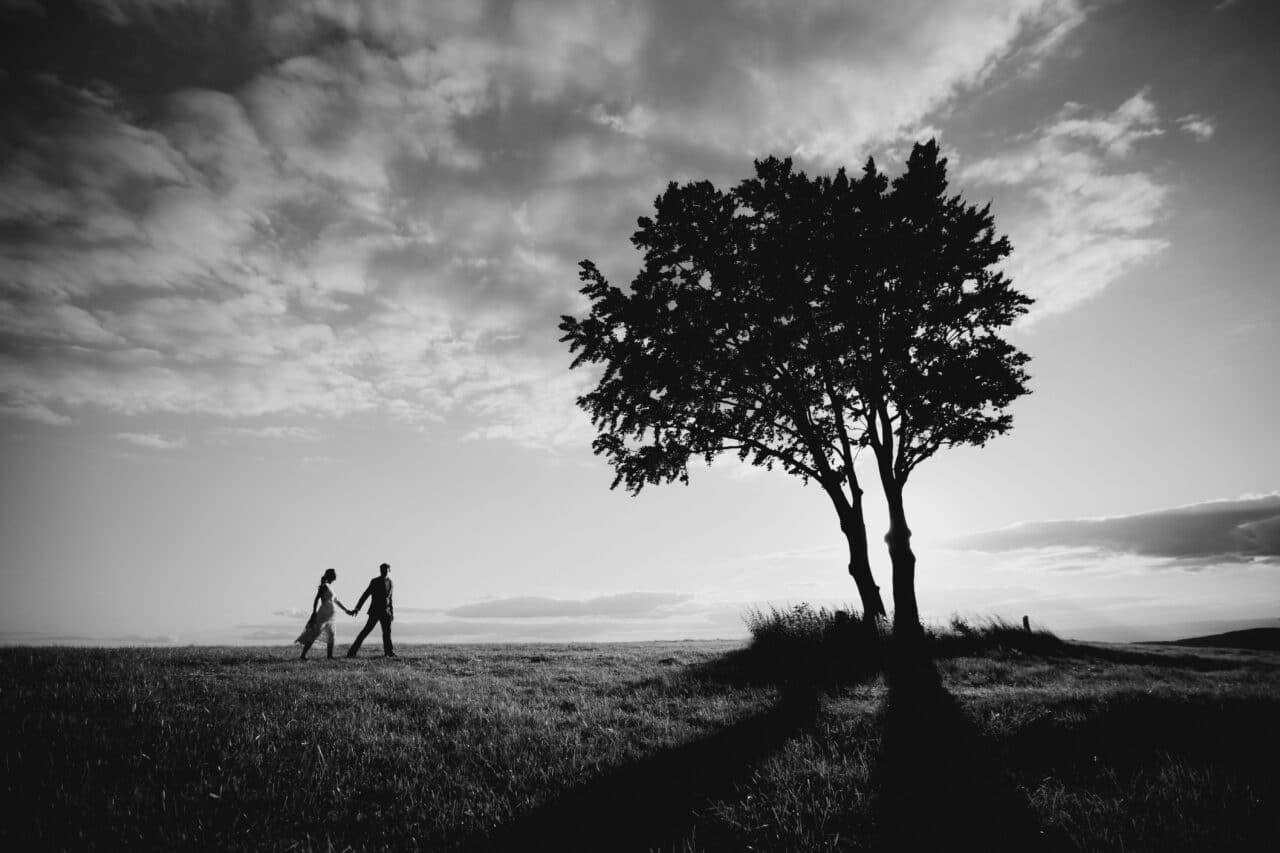
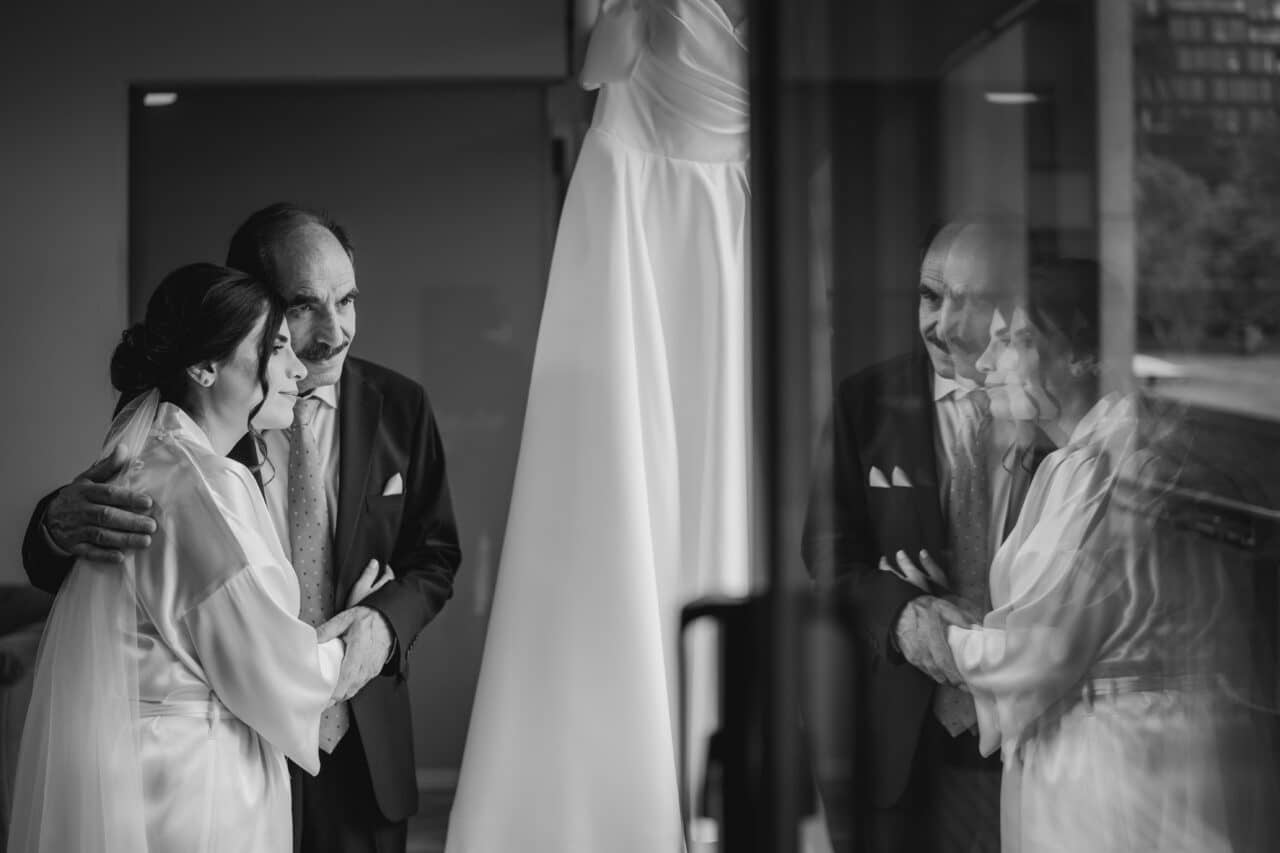
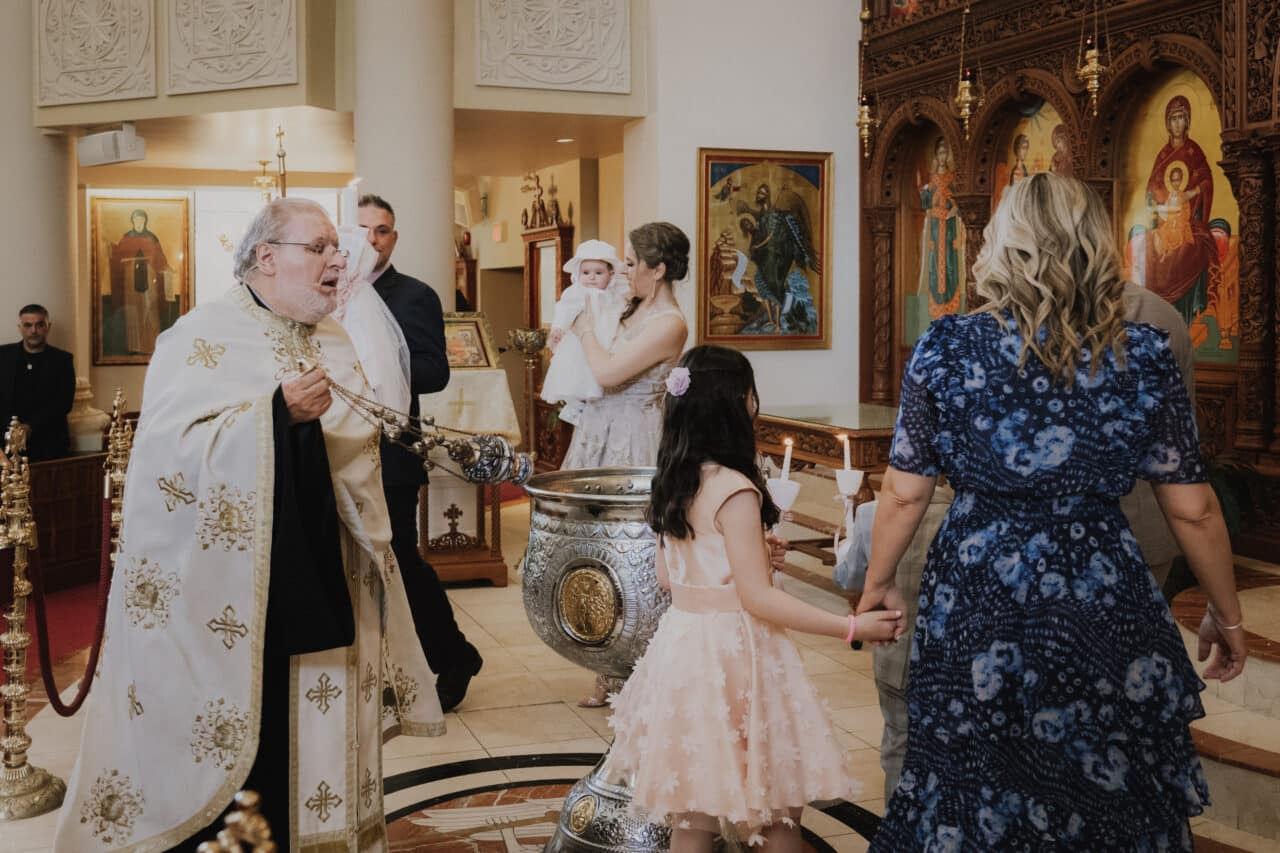
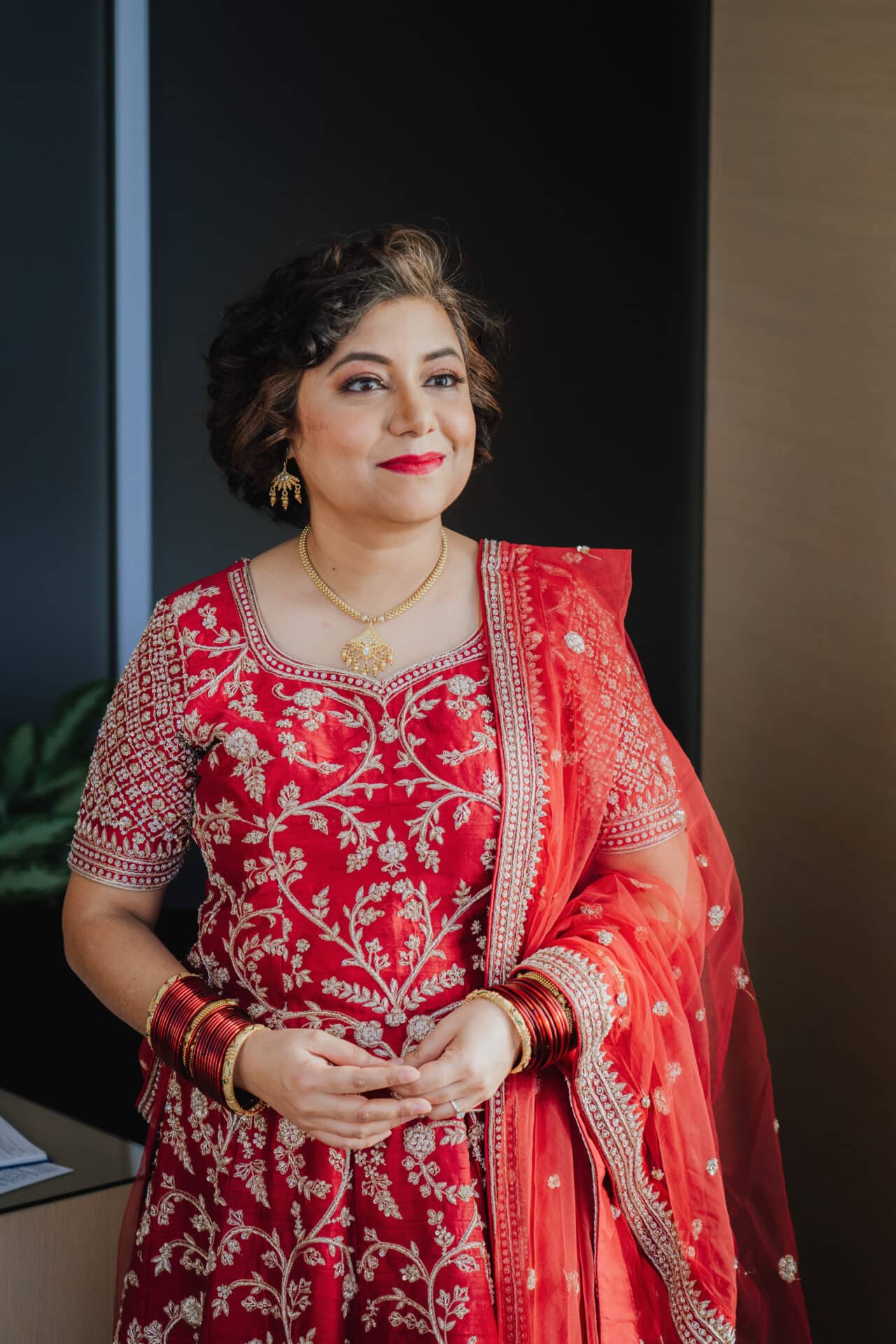
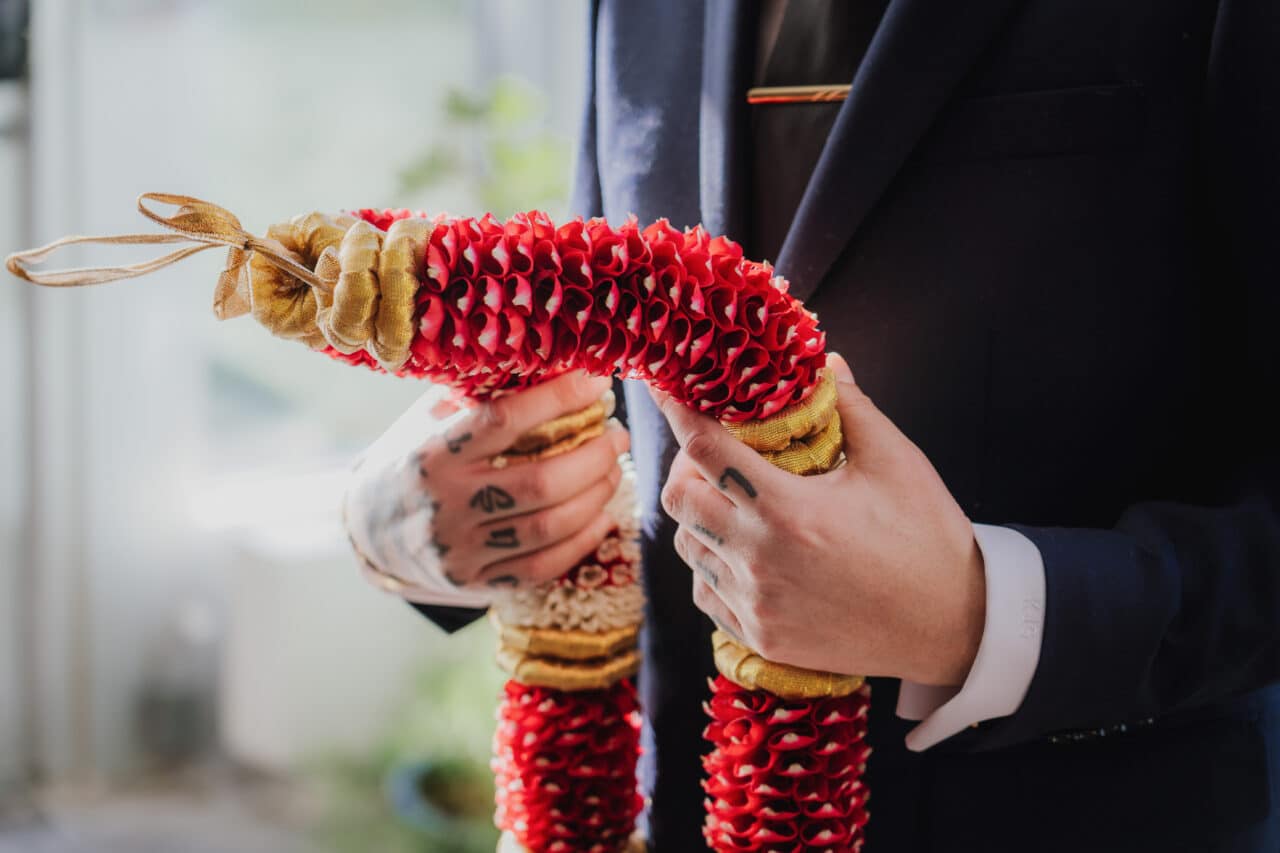
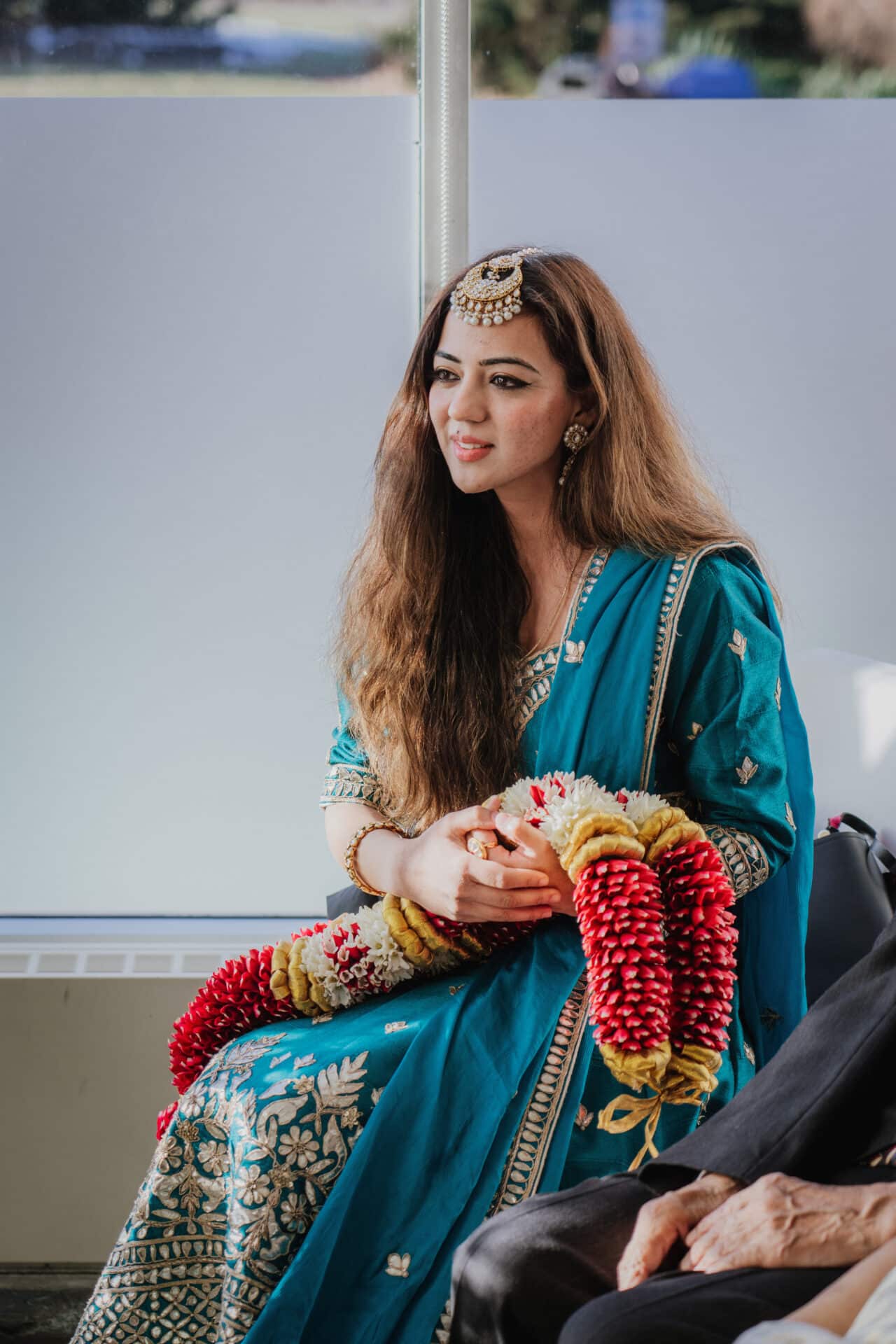
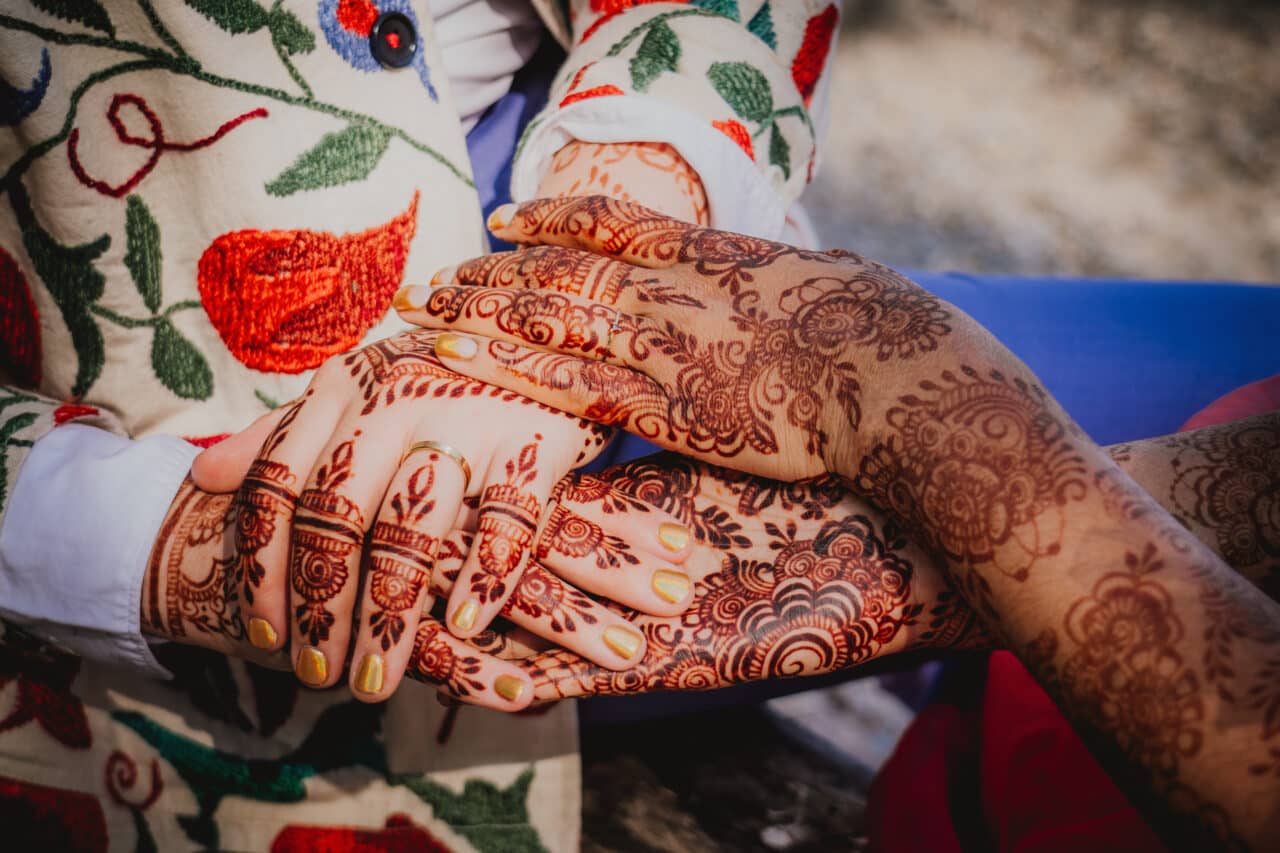
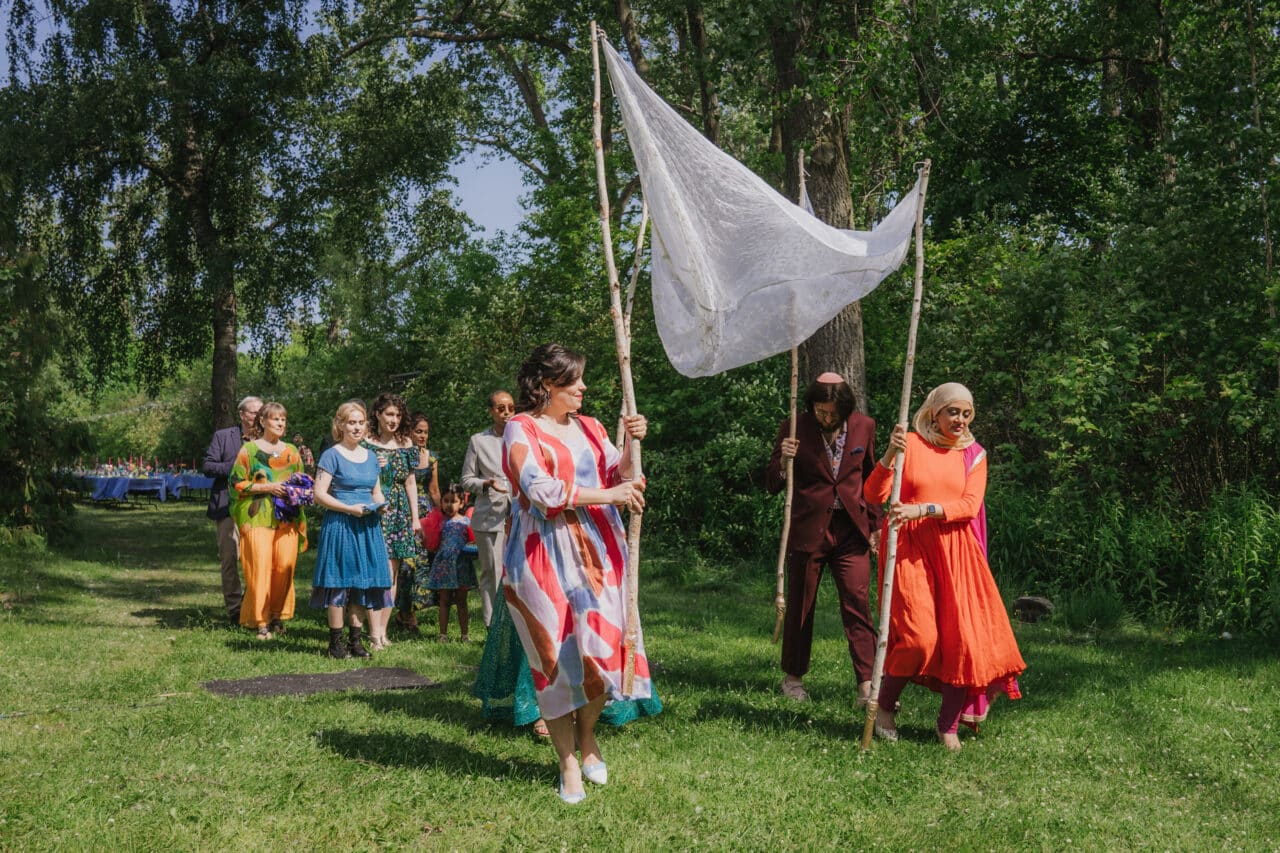
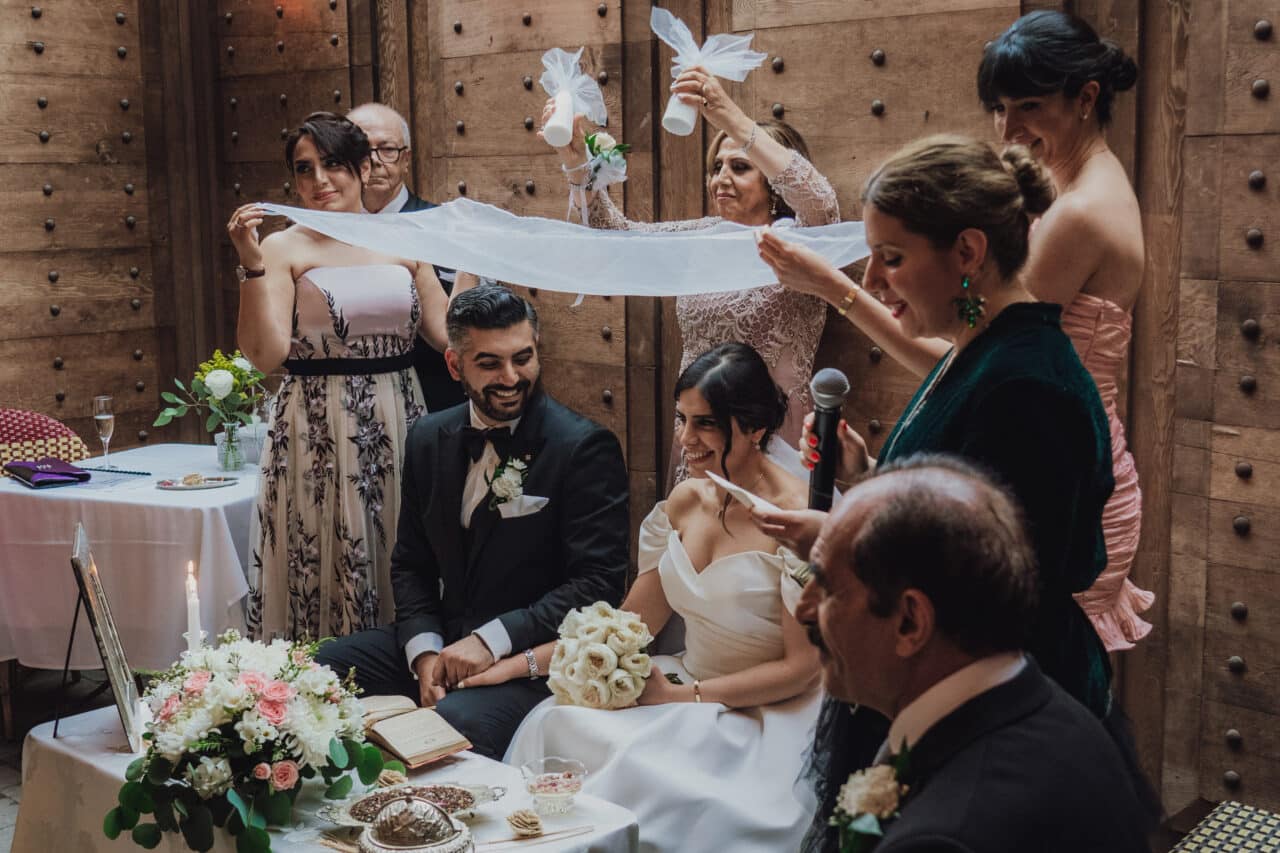
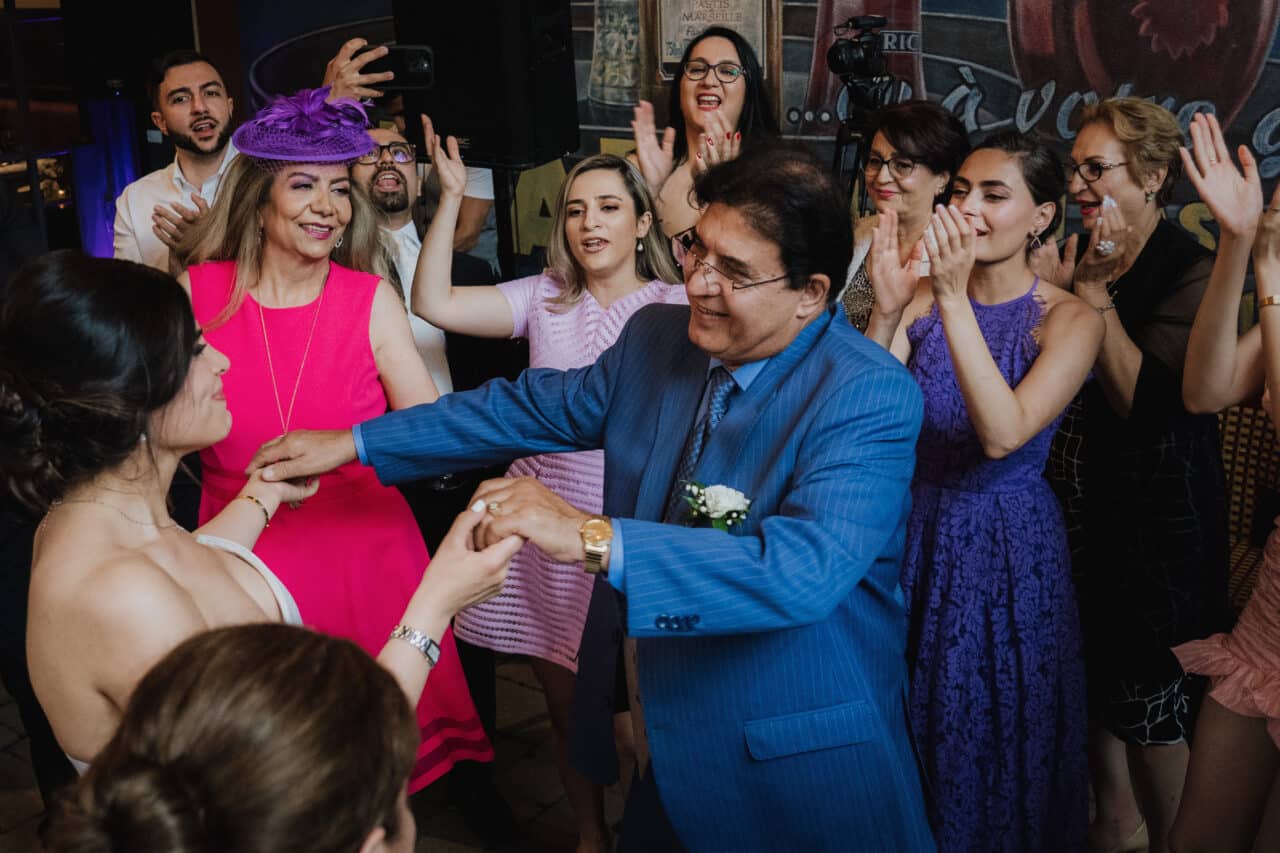
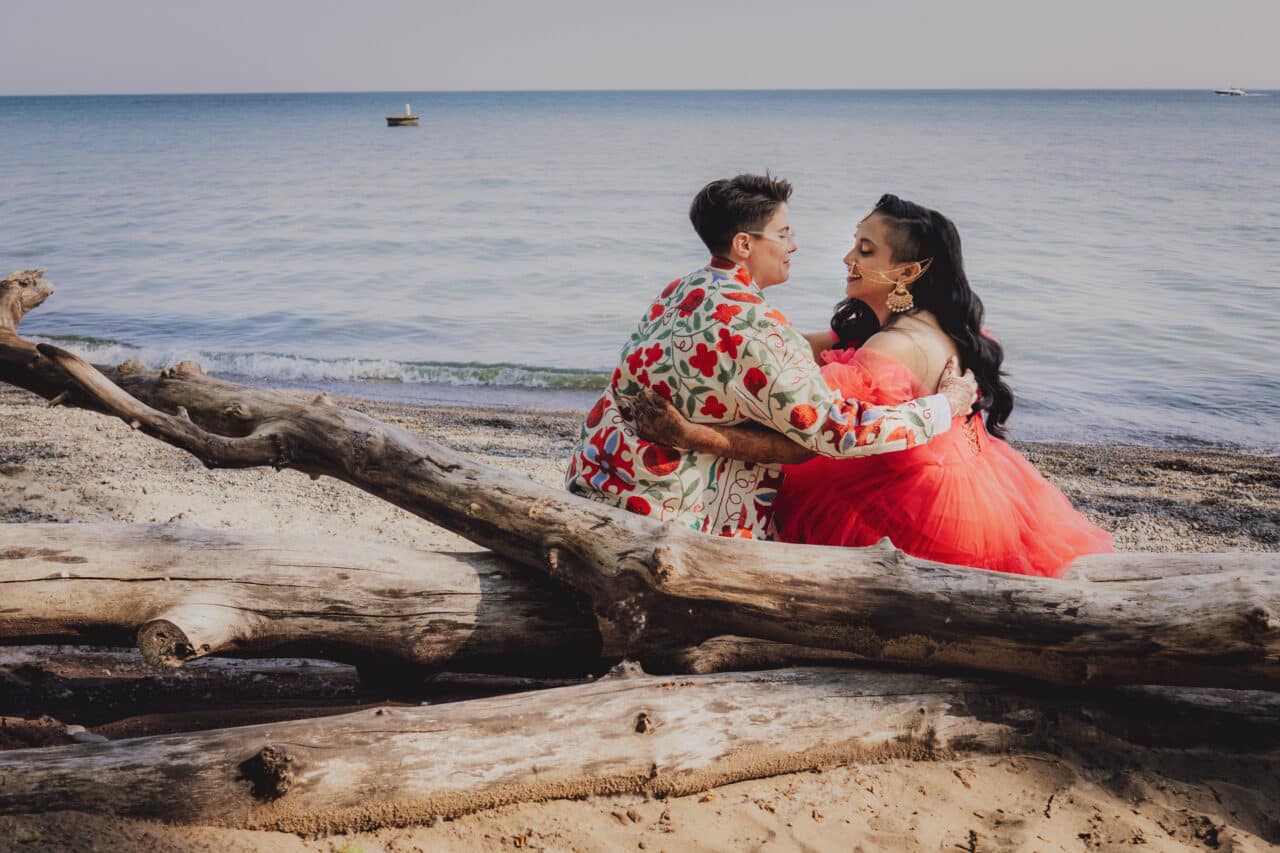
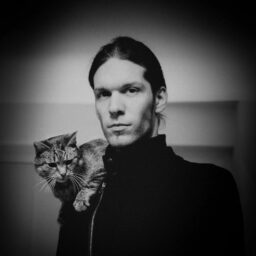
There are no comments yet.